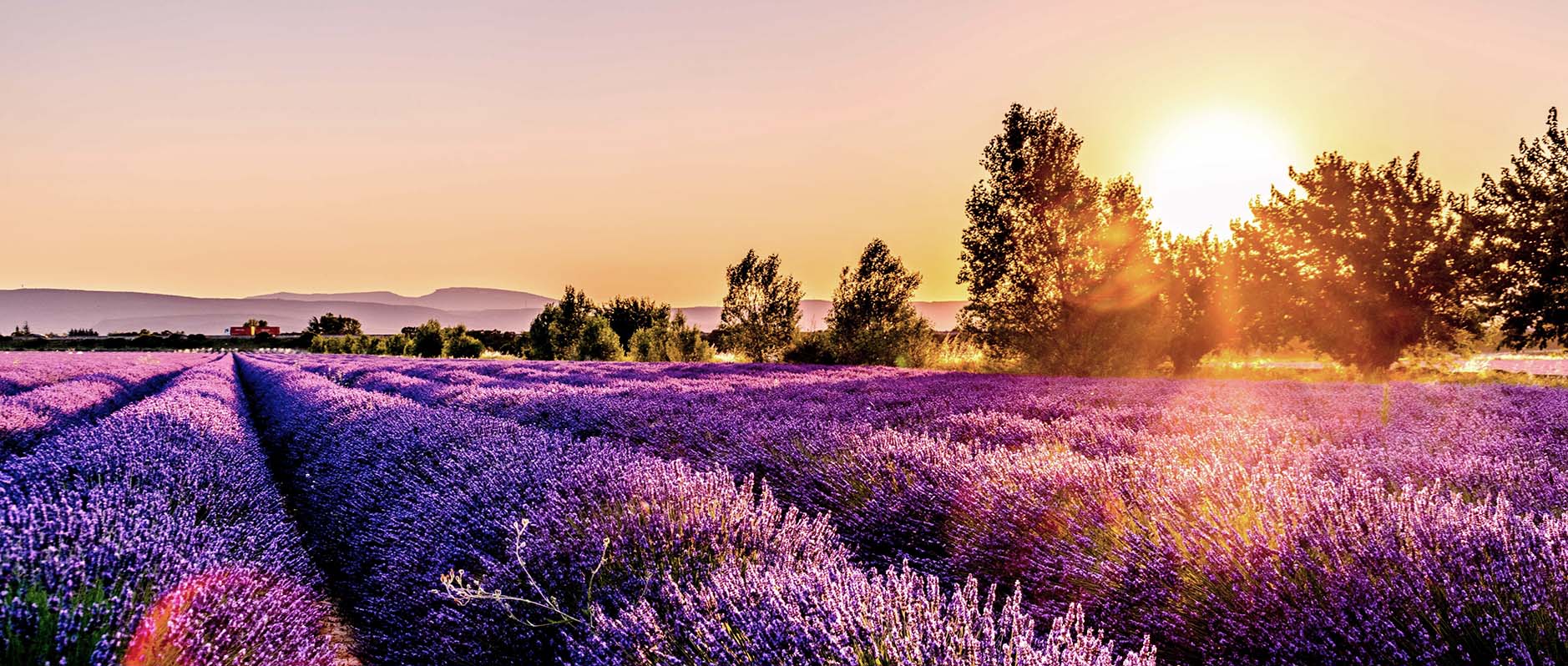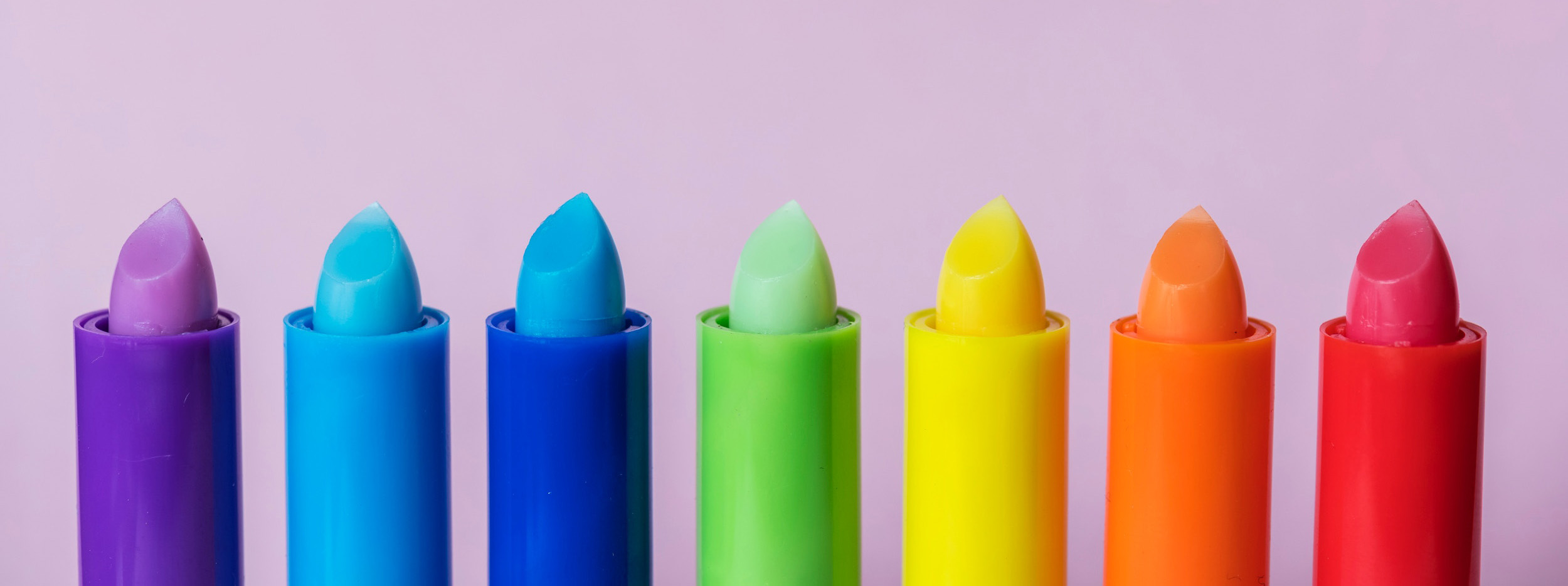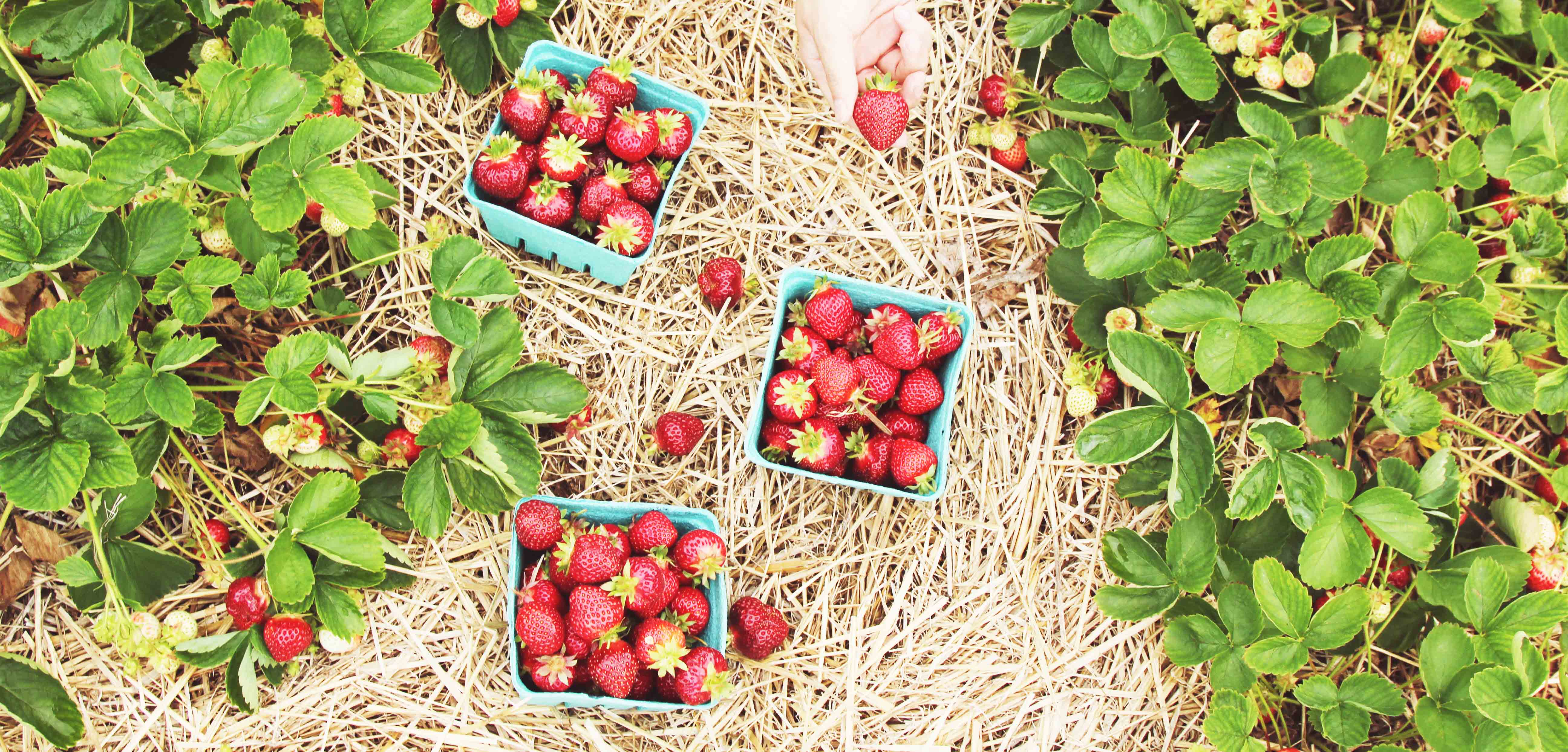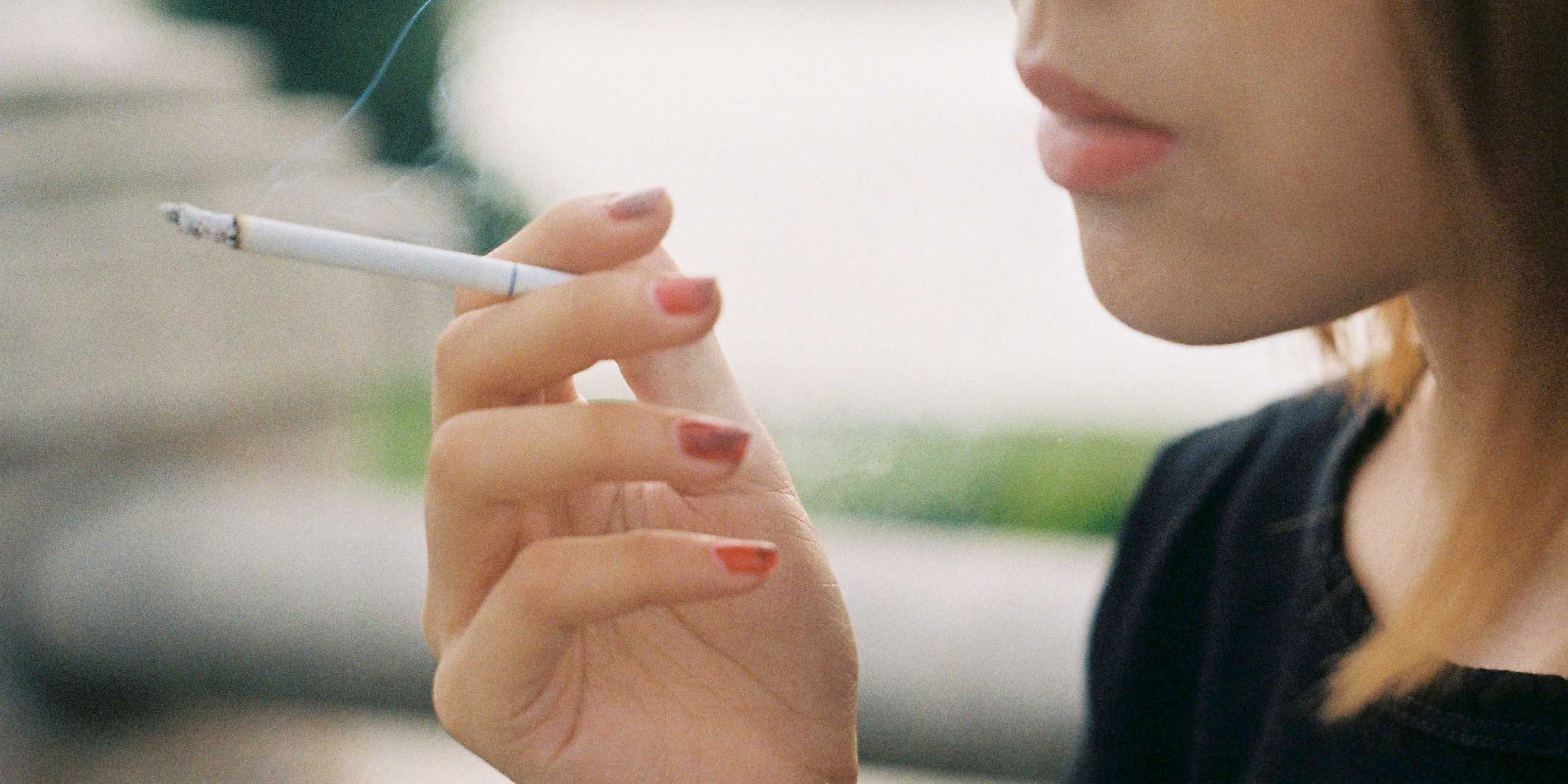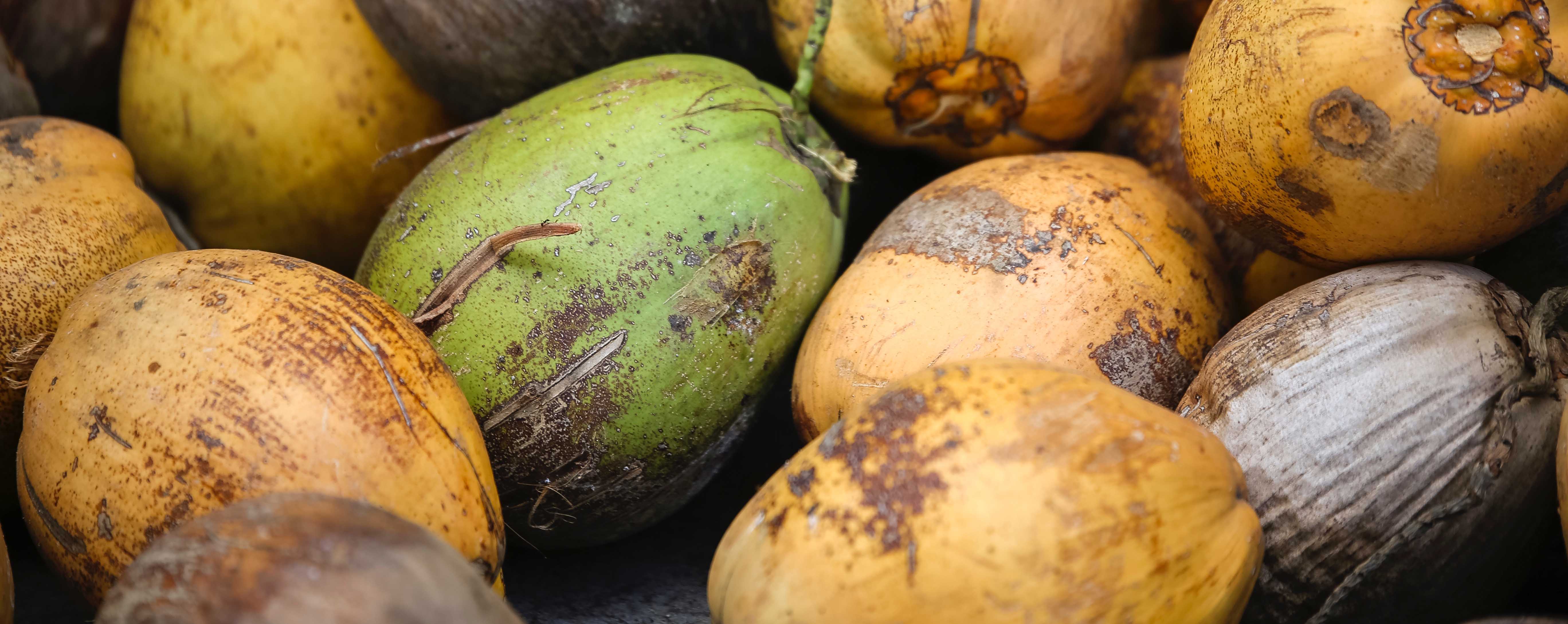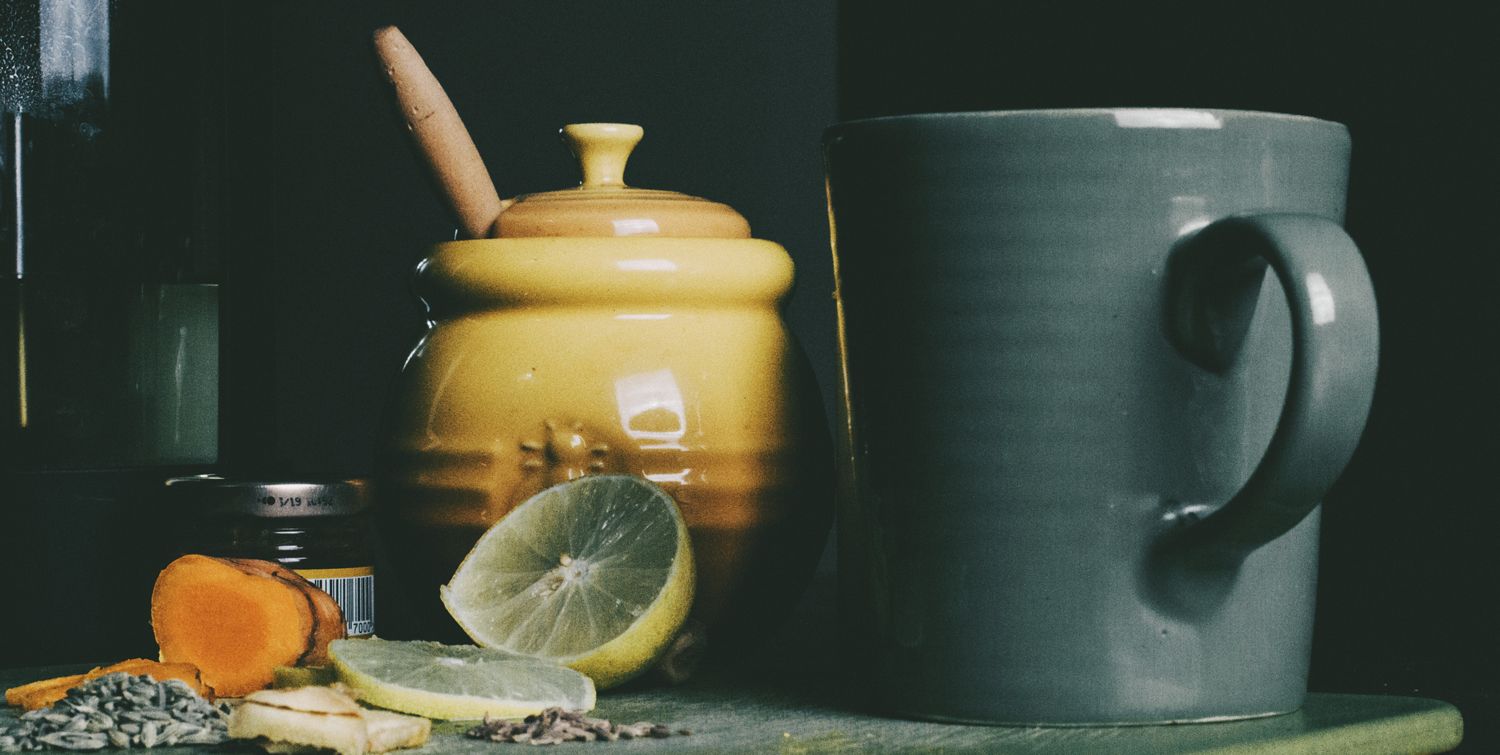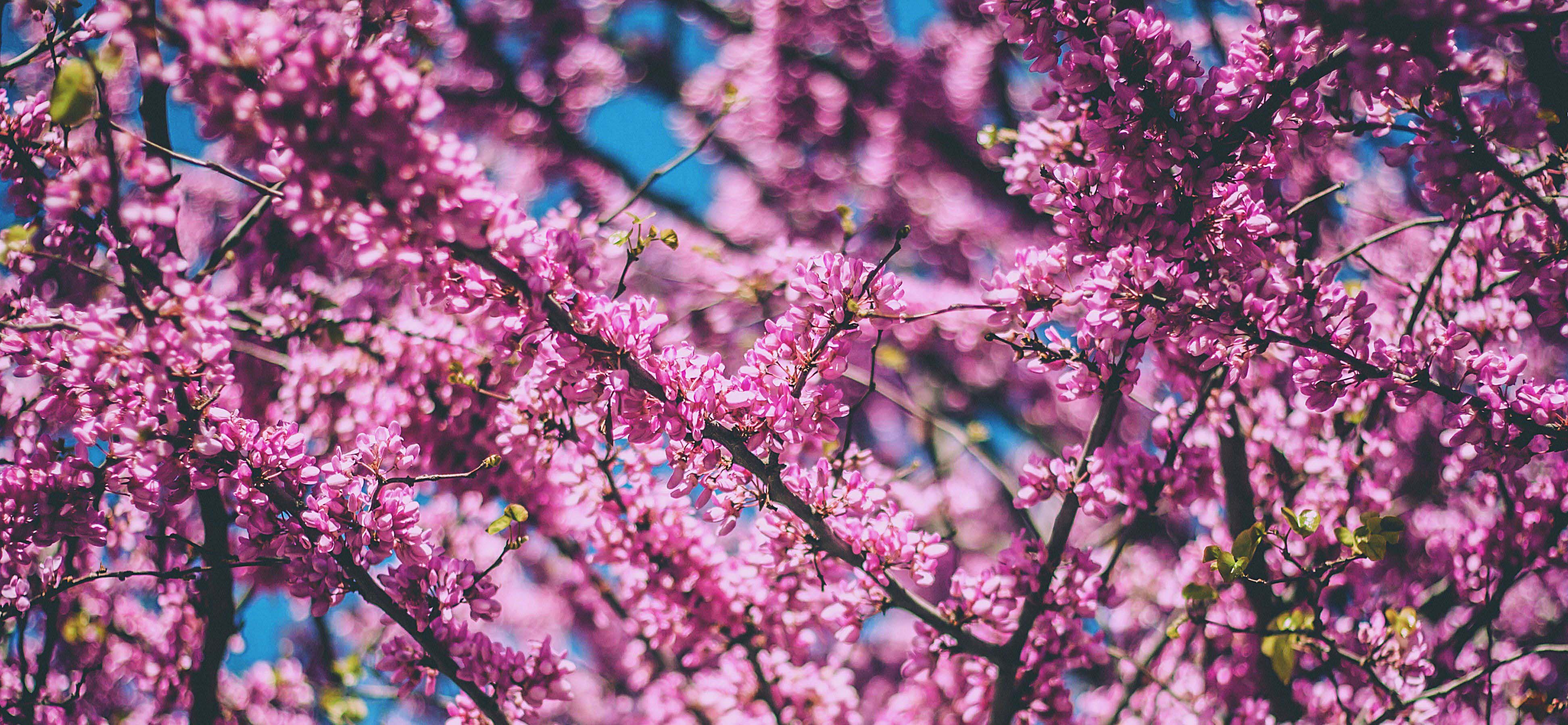
Your skin is the largest organ of your body and since it is porous, it absorbs whatever you put on it. Healthy skin is vital for our survival both emotionally and physically. To boost these capabilities, we need to understand its role and importance in our overall health and learn how to better care for our skin. With everything from chemicals in the skin care products we slather on, environmental toxins and pollutants, harmful bacteria, viruses, parasites, pathogens, antigens and UV radiation attacking it, skin needs to be in tip top shape to ward off illness and keep us healthy.
Homemade body scrubs are non toxic, easy to make, inexpensive and extremely effective at reviving over worked, dehydrated, tired out skin. Explore our Health & Beauty Blog Section with little D.I.Y. scrub wonders that are excellent at removing dead skin cells, leaving behind a healthy glow. Your skin will instantly feel soft and hydrated to the touch. The essential oils can be added to accentuate your mood, for example lavender to relax and sooth or grapefruit to awaken and invigorate the senses. The choice is yours, feel free to experiment.
The Rose recipe is one of my particular favourites, it is especially soothing and calming to the skin and the senses, enjoy!
Ingredients
1 Cup course sea salt or Himalayan pink
4 Tablespoons melted unrefined coconut oil
4 Tablespoons grape seed or almond oil
2 teaspoons Crushed Dried Rose Petals
5-10 Drops rose essential oil
Mix salt and oils together with a fork or spoon. Add the rose petals until everything is combined. Decant into a pretty glass jar and enjoy! Keeps for up to 1 month.

